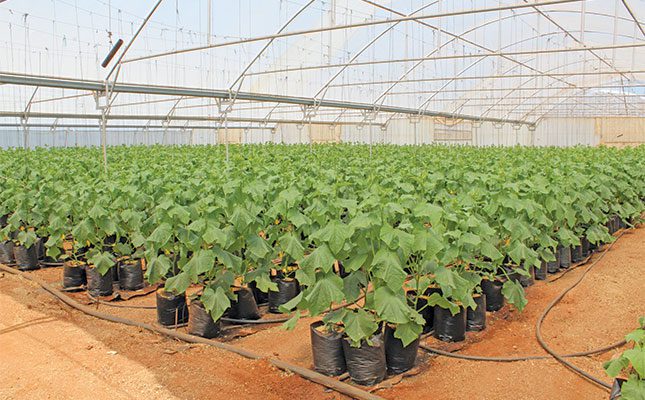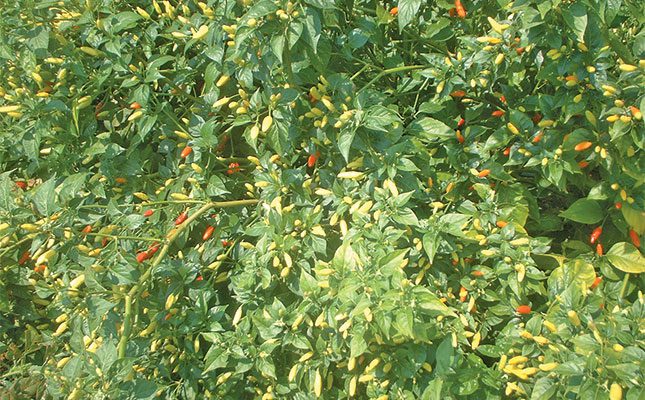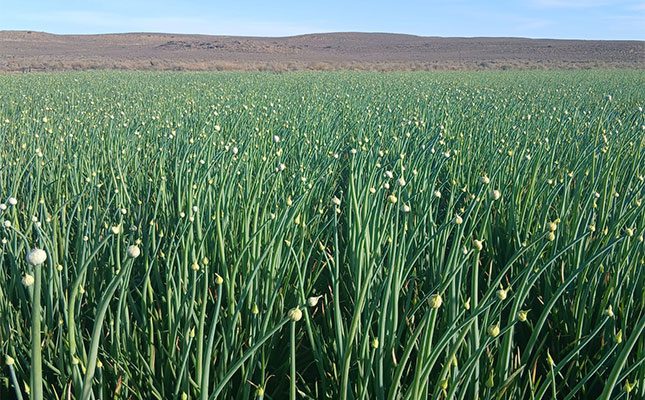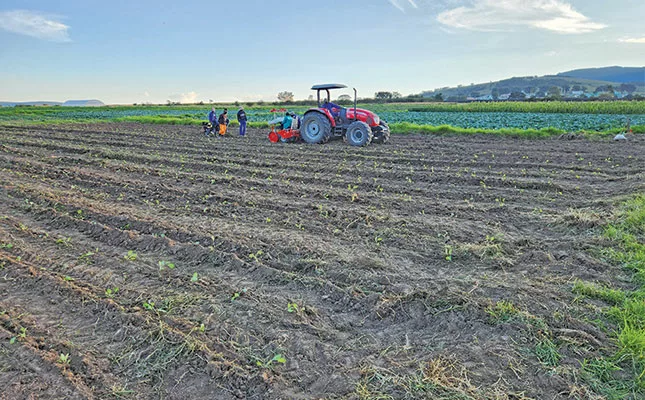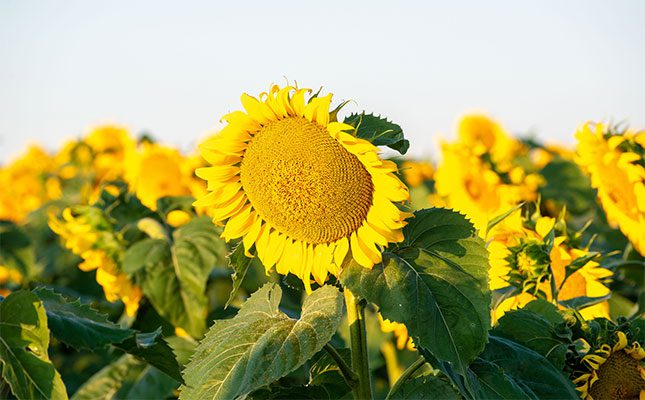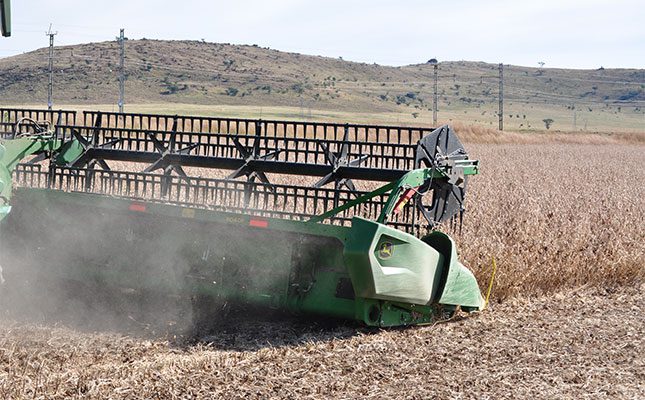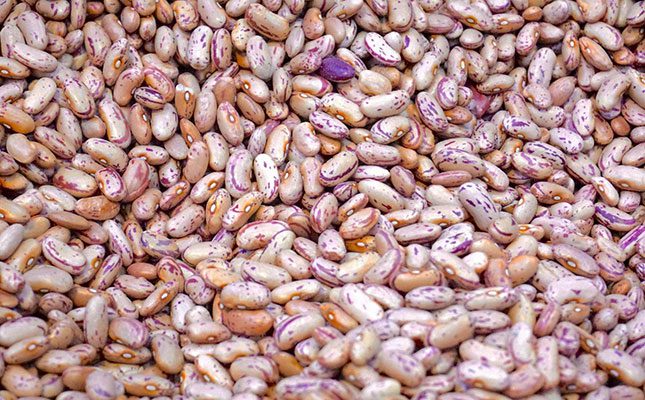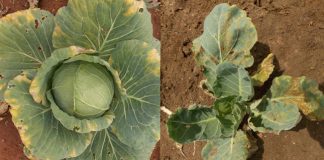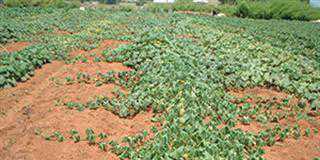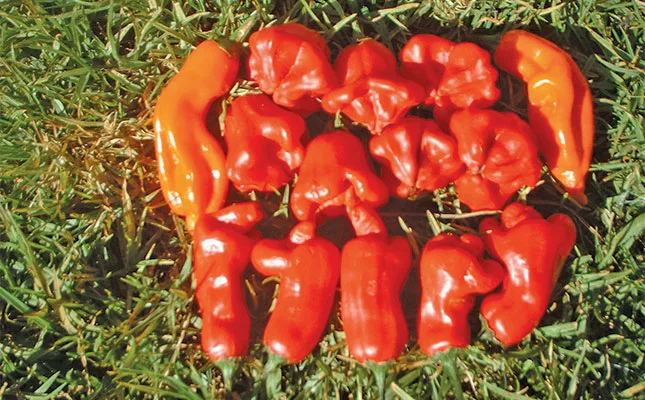
Photo: Bill Kerr
Although very popular in South America, where it originated, Capsicum baccatum is not planted widely in other countries.
This species of chilli is also referred to as ají in Spanish, and is one of five domesticated chilli pepper species.
The species comes in various colours and a wide range of shapes. Some, such as the Bishop’s Crown variety, are rather ornamental and would make interesting additions to a flower garden.
Typically, C. baccatum ranges from 30 000 to 60 000 Scoville heat units. It is the dominant species grown in Brazil.
The variety grown in South Africa was registered as ‘Piquanté pepper’. It has been grown in Kenya, Zimbabwe, and some other countries for decades, and is also called ‘pepperbells’.
The peppadew
In South Africa, Peppadew International marketed the Piquanté under the trade name Peppadew, which is now a household name, and some companies are selling the seed under this name.
As there were some problems with uniformity, I was asked to purify the variety for them. Another company started marketing a longer variety also as a preserve, and asked me to refine its purity for them.
While doing so, I discovered that this variety was self-pollinating, as the pollen was shed before the flower opened, so all that was necessary was to start with a single plant and go from there.
Crosses between different C. baccatum varieties are useful for introducing genes to benefit the target variety, but the process is time-consuming, as it requires a lengthy period to establish the required traits. Such an endeavour can be a useful hobby for someone who wants to develop something interesting.
C. baccatum is a robust plant that performs well in warmer conditions. And while the Piquanté variety grows well in subtropical areas, it doesn’t set much fruit during winter in these regions.
C. baccatum’s fruit wall is on the thinner side, and the fruity taste is pleasant
on the palate. It doesn’t readily cross with other Capsicum species. Some varieties have fairly good resistance to powdery mildew and anthracnose.
Cultivation
Although it is a perennial plant, C. baccatum is usually cultivated as an annual, allowing you to reduce the potential of a virus carry-over into the following year.
It is a species that is rather late-maturing, so it is best sown in protected seedbeds for transplanting later when the weather is suitable, especially in areas prone to frost.
In subtropical areas, you can transplant in midwinter to ensure that flowering starts in warmer conditions.
C. baccatum can be dried and ground into powder for flavouring foods, as the pleasant fruity pungency can be a pleasing addition to many dishes. This genus also has many medicinal properties. It surprises me that it is not planted more widely.
Bill Kerr is a vegetable specialist and breeder.

